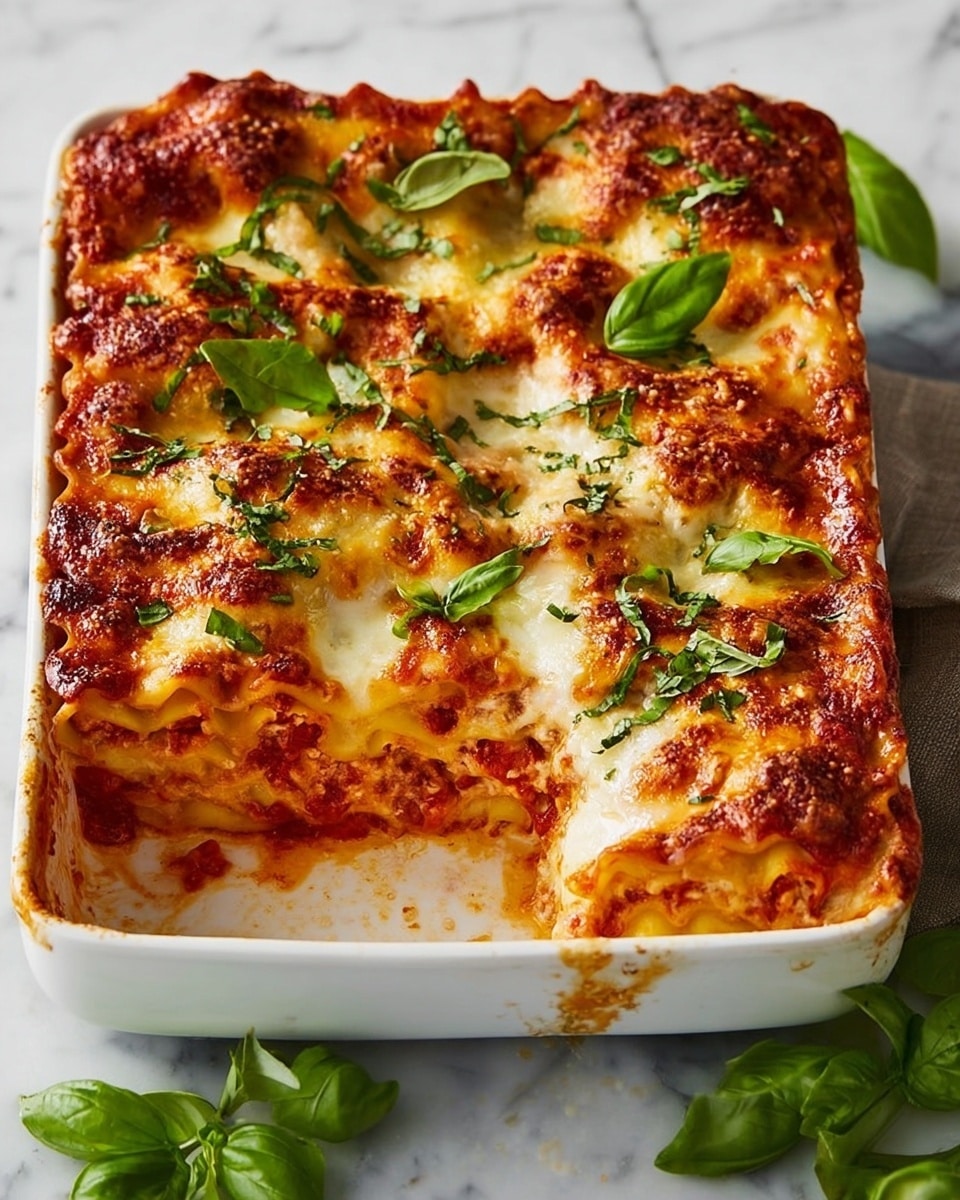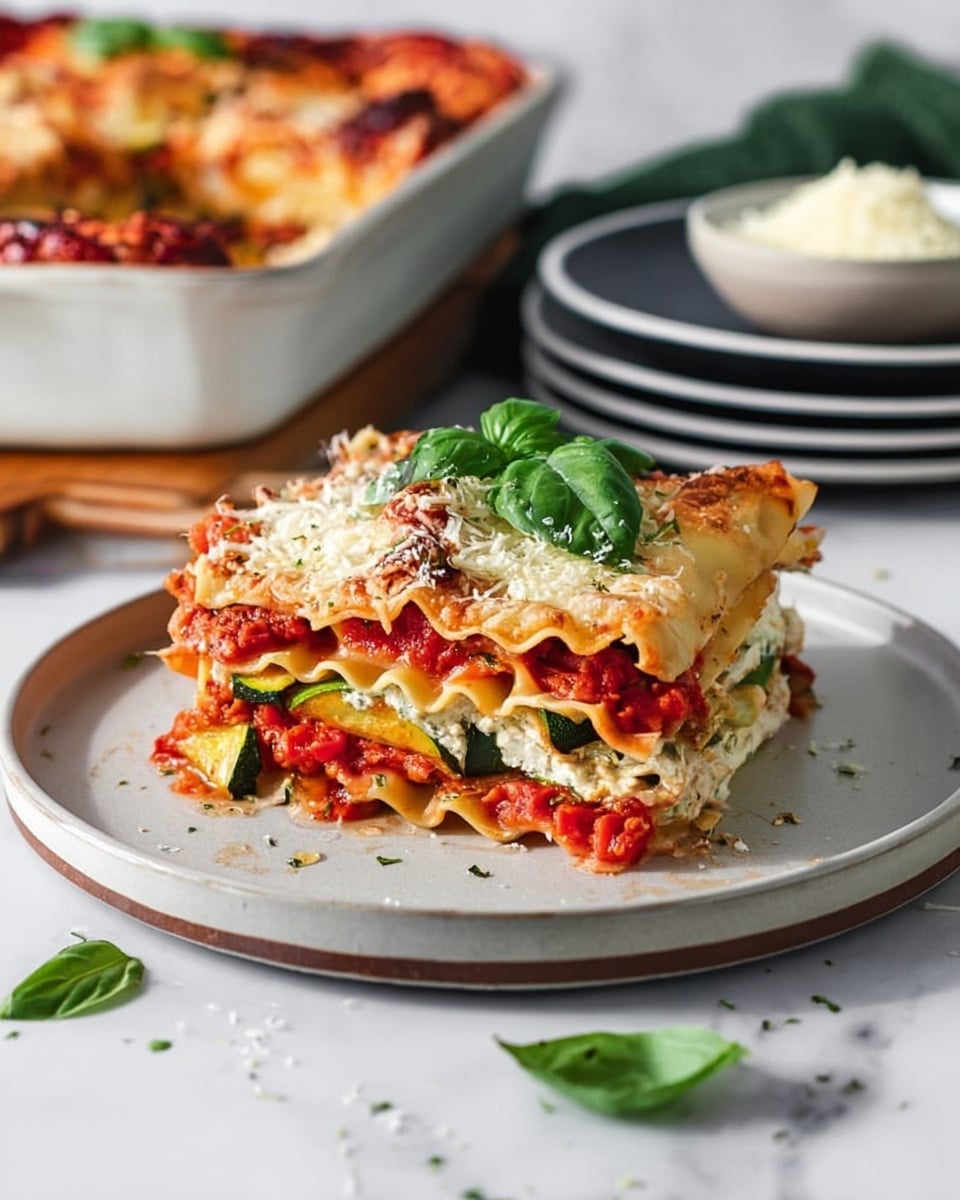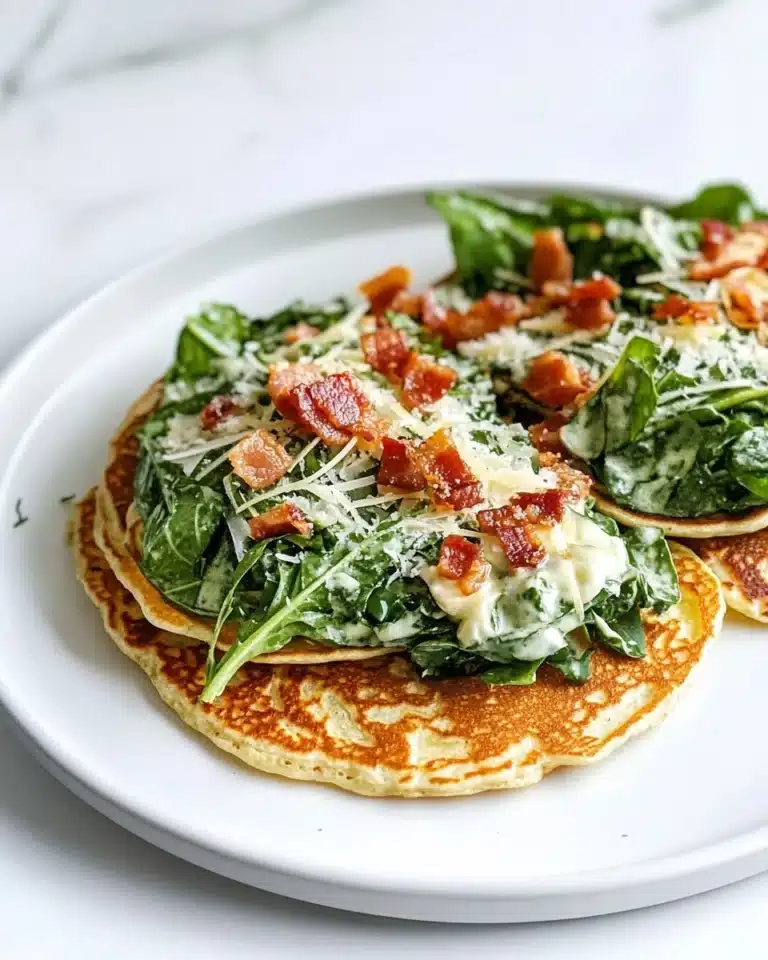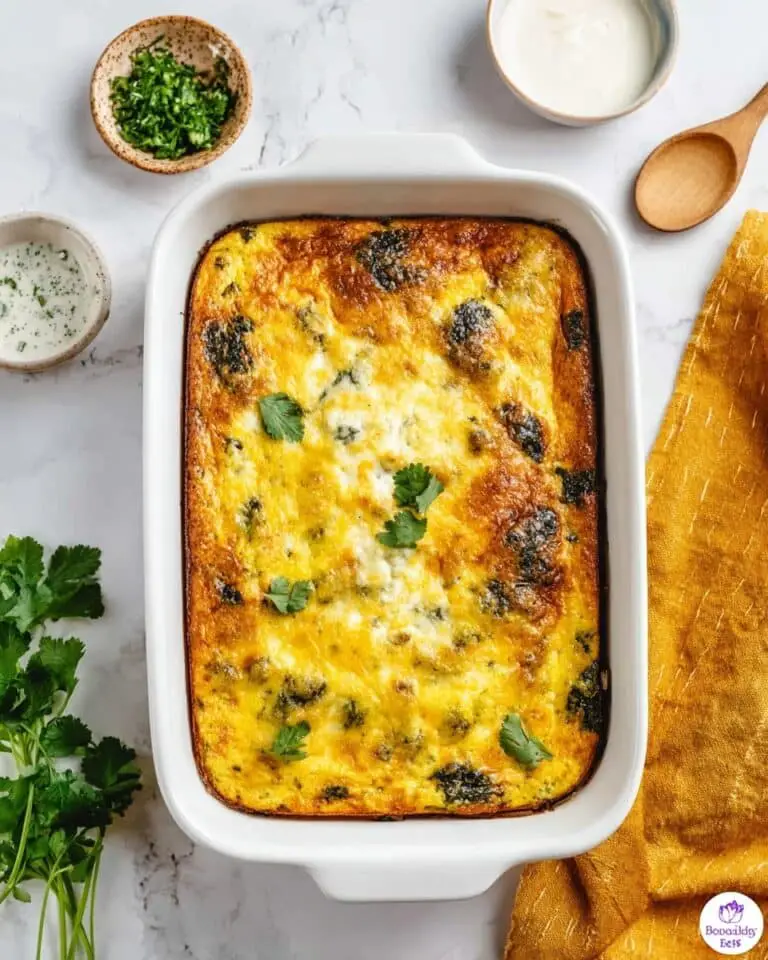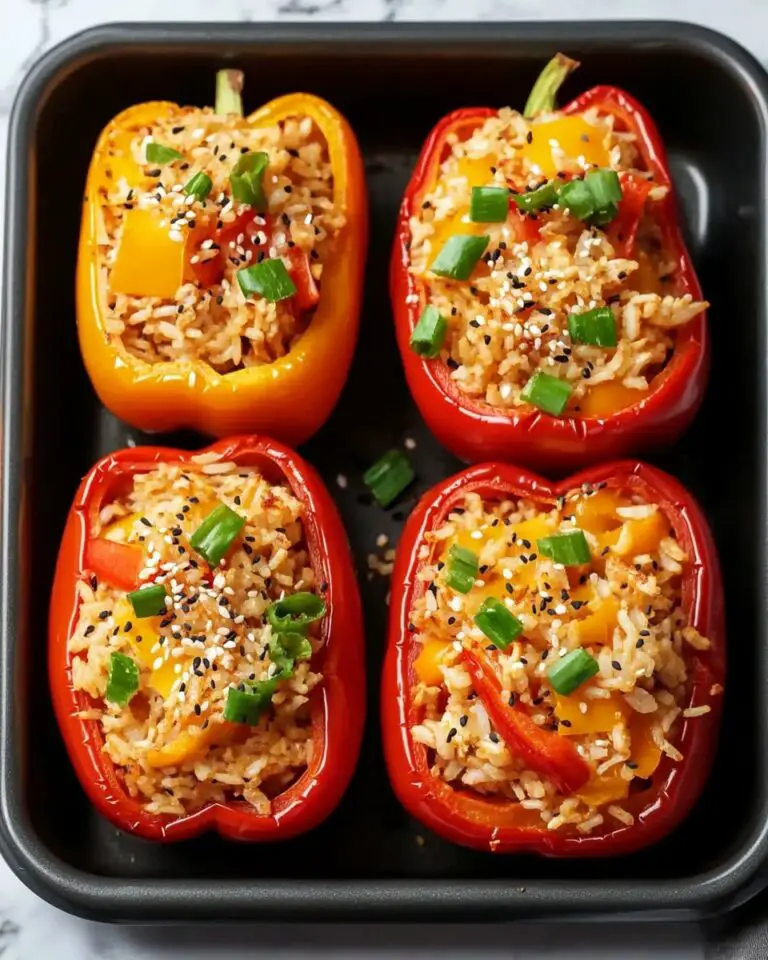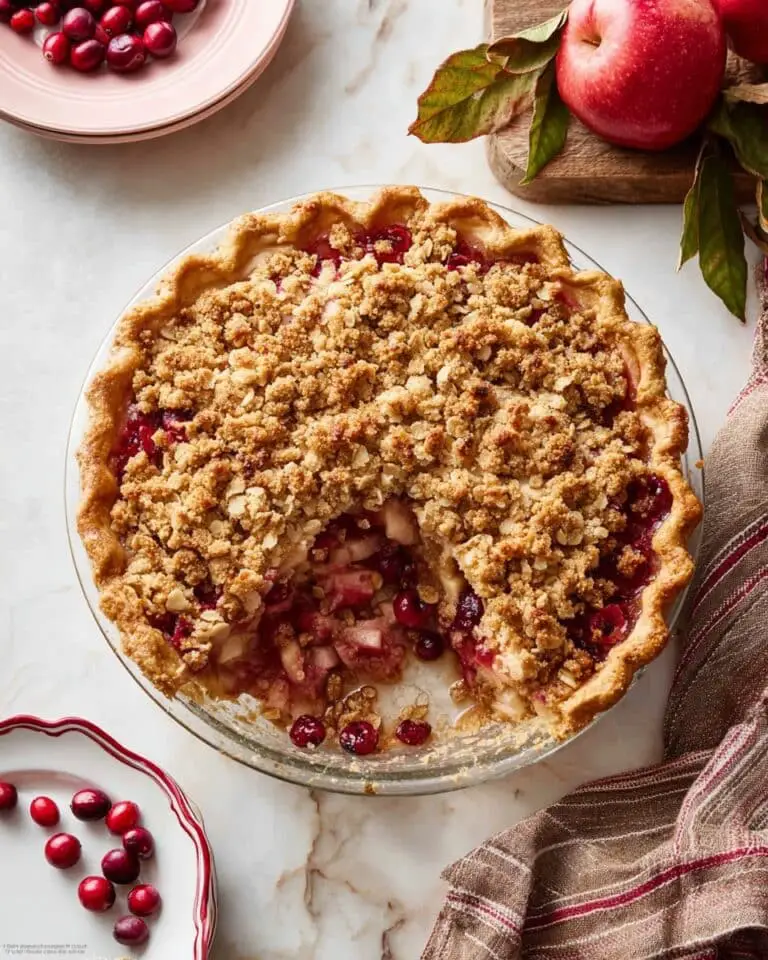I absolutely love sharing this Best Vegetarian Lasagna Recipe because it brings together hearty roasted veggies with creamy ricotta and melty mozzarella in a way that even the most devoted meat-eaters won’t miss the meat. This dish feels special enough for a weekend dinner party but is easy enough for a cozy weeknight meal, which is why it’s become a staple in my kitchen. Once you taste those layers of roasted cremini mushrooms, zucchini, and red peppers nestled between tender noodles and cheese, you’ll see why.
What makes this Best Vegetarian Lasagna Recipe stand out for me is the simple roasting step that deepens the flavor of the vegetables and the fresh lemon zest in the ricotta filling that brightens every bite. You’ll find that the balance of textures and flavors makes it satisfying and comforting without feeling heavy. Plus, it reheats wonderfully—perfect for those busy nights when you want to feel like you’re eating homemade but don’t want to start from scratch.
Why You’ll Love This Recipe
- Rich Roasted Vegetables: Roasting deepens the natural sweetness and flavor of the mushrooms and peppers for a luxurious taste.
- Bright & Creamy Ricotta Filling: Lemon zest and garlic in the ricotta make the cheese layer extra fresh and flavorful.
- Perfectly Layered & Cheesy: The mozzarella and pecorino on top melt into a golden, bubbling, irresistible crust.
- Make-Ahead Friendly: It reheats beautifully, so you can enjoy leftovers or prep ahead for hassle-free meals.
Ingredients You’ll Need
These ingredients come together to create a perfectly balanced lasagna — the roasted veggies add a lovely depth, the ricotta filling brings creaminess, and the cheese topping offers that classic melty finish. When picking out your veggies, opt for fresh, firm produce for the best texture after roasting.
- Extra-virgin olive oil: Use good quality for the best flavor in roasting and drizzling.
- Cremini mushrooms: Their firm texture and earthy flavor hold up well roasted.
- Red bell pepper: Adds sweetness and vibrant color.
- Zucchini: Provides moisture and mild flavor to balance.
- Yellow onion: Adds subtle sweetness when roasted.
- Sea salt and freshly ground black pepper: Essential for enhancing every element.
- Lasagna noodles: Regular noodles work best for tender results — I’ll share why below.
- Marinara sauce: Choose a rich, flavorful sauce or make your own for freshness.
- Fresh spinach: Adds freshness and a nutritional boost in the layers.
- Mozzarella cheese: Use low-moisture part-skim for that perfect melt and stretch.
- Pecorino cheese: Adds sharpness and depth to the cheese blend on top.
- Fresh basil or parsley: For garnish and a fresh herbal note at serving.
- Whole milk ricotta cheese: The heart of the filling — creamy, mild, and rich.
- Garlic cloves: Adds pungent flavor to the ricotta mixture.
- Lemon zest: Brightens up the ricotta with a fresh citrus kick.
Variations
I love to personalize the Best Vegetarian Lasagna Recipe depending on the season or who I’m serving it to— feel free to make this recipe your own! Adding or swapping ingredients is part of the fun and keeps this favorite always exciting at my table.
- Vegan Version: I swapped the ricotta for a cashew-based vegan ricotta and skipped the mozzarella and pecorino; it turned out creamy and just as satisfying.
- Extra Veggies: Sometimes I like to add eggplant or thinly sliced carrots for an extra boost of texture and nutrition.
- Spicy Kick: Adding red pepper flakes to the tomato sauce gives the lasagna a hint of heat that my family loves.
- Gluten-Free: Using gluten-free noodles works fine; just take care to check cooking times since different brands vary.
How to Make Best Vegetarian Lasagna Recipe
Step 1: Roast Your Vegetables to Elevate Flavor
Preheat your oven to 425°F, line a baking sheet with parchment paper, and oil your baking dish upfront—that saves time later! Toss the quartered mushrooms, red pepper pieces, zucchini, and onion with olive oil, salt, and pepper on the sheet. Roasting these vegetables for 20 to 25 minutes until tender and nicely browned around the edges is what brings that deep, savory flavor you’re craving. Just keep an eye on them—you want them softened but not dried out!
Step 2: Cook Lasagna Noodles Until Just Al Dente
While your veggies roast, bring a large pot of salted water to a rolling boil. Cook your lasagna noodles according to package directions, aiming for al dente so they hold their shape without turning mushy. After draining, toss them with a bit of olive oil to keep them from sticking together. Pro tip: I recommend regular noodles here because they become tender and silky without the risk of the texture getting too gummy, which sometimes happens with no-boil varieties.
Step 3: Whip Up the Ricotta Filling
In a large bowl, stir together your whole milk ricotta with grated garlic, lemon zest, salt, and freshly ground pepper. I discovered this lemon zest trick after a few tries and it totally brightens up the ricotta, making it taste fresh instead of heavy. Give it a good mix to make the filling smooth and flavorful—this is where the magic starts!
Step 4: Build Your Delicious Layers
Start by spreading one cup of marinara sauce evenly on the bottom of your prepared baking dish—this keeps everything moist and prevents sticking. Layer noodles over the sauce, then spread half the ricotta filling evenly on top. Add half the fresh spinach, followed by half the roasted veggies, then dollop on about two-thirds cup of marinara. Repeat this layering once more, ending with the final layer of noodles on top.
Step 5: Top with Sauce and Cheese, Then Bake
Spread the remaining marinara sauce over the noodles on top, then sprinkle generously with mozzarella and pecorino cheeses. Bake at 400°F for about 30 minutes, watching for that perfect bubbling golden crust. Once out of the oven, let the lasagna rest for 20 minutes before slicing—this little wait helps everything set and makes serving a breeze without losing a messy slice!
Pro Tips for Making Best Vegetarian Lasagna Recipe
- Choose Regular Noodles: I learned that no-boil noodles tend to be shorter and less tender here, so regular noodles really make a difference.
- Roast Veggies Evenly: Toss veggies and spread them in a single layer for uniform roasting and caramelization.
- Lemon Zest Brightness: Adding lemon zest to ricotta is my favorite trick for cutting richness and adding fresh flavor.
- Rest Before Serving: Don’t skip the letting-it-rest step after baking — it helps the layers set and makes a cleaner slice.
How to Serve Best Vegetarian Lasagna Recipe
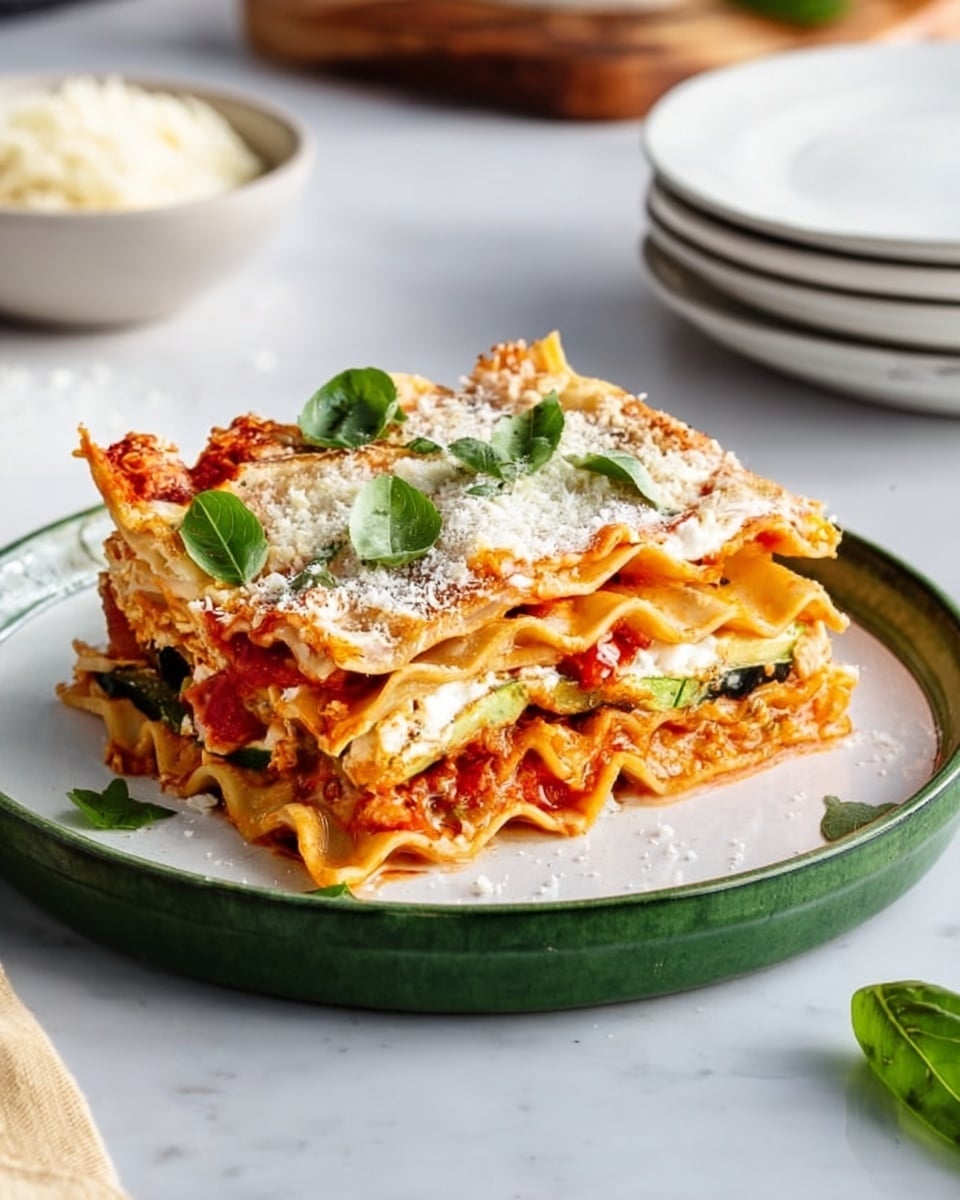
Garnishes
I always sprinkle fresh basil or chopped parsley on top just before serving. It adds a lovely herbal fragrance and a pop of color that makes the dish look as good as it tastes. Sometimes, I also grate a bit of extra pecorino on top for an extra salty kick if I’m feeling indulgent.
Side Dishes
This lasagna pairs beautifully with a crisp green salad dressed with a tangy vinaigrette and some crusty garlic bread to soak up any extra sauce. Sometimes I add steamed green beans or roasted asparagus for a bit of green on the plate and extra nutrients.
Creative Ways to Present
For dinner parties, I like to serve the lasagna in mini individual ramekins layered the same way — it looks fancy and lets everyone have their own perfectly portioned vessel of cheesy goodness. Another idea is to create a “lasagna bar” with extra garnishes like sliced olives, hot pepper flakes, or fresh herbs so guests can customize.
Make Ahead and Storage
Storing Leftovers
I store leftover lasagna tightly covered in the fridge for up to four days. I find it tastes even better the day after because the flavors have more time to meld together. Just keep it airtight so it doesn’t dry out or absorb fridge odors.
Freezing
This recipe freezes beautifully. After baking and cooling completely, I cover the lasagna tightly in plastic wrap and then foil. When ready to eat, I thaw it overnight in the fridge and then reheat gently. This way, it keeps that fresh-baked texture and flavor.
Reheating
When I reheat leftovers, I cover the lasagna with foil to keep it from drying out, then warm it in a 350°F oven for about 20 minutes or until heated through. If you’re in a rush, a microwave works fine—just cover to trap moisture and heat in intervals to keep the texture nice.
FAQs
-
Can I use no-boil noodles instead of regular lasagna noodles?
Yes, you can! I recommend adjusting the baking time: cover the lasagna and bake for 40 to 50 minutes until the noodles are tender, then uncover and bake until the cheese is bubbling and golden. Keep in mind no-boil noodles might be shorter and less tender than regular noodles, so the texture can differ a bit.
-
How can I make this recipe vegan?
For a vegan version, swap the ricotta filling with a vegan ricotta alternative like cashew-based ricotta, and skip the shredded cheeses on top. Bake covered at 400°F until the pasta is tender and heated through, usually 30 to 50 minutes. The result is surprisingly creamy and satisfying without dairy.
-
Can I prepare this lasagna in advance?
Absolutely! You can assemble it a day ahead, cover tightly, and refrigerate. When ready, bake as directed just adding a few extra minutes to the baking time since it will be cold from the fridge.
-
What type of marinara sauce works best?
I prefer a high-quality store-bought marinara with robust tomato flavor and herbs, but homemade marinara is wonderful if you have the time. Just make sure it’s not too watery to avoid a soggy lasagna.
Final Thoughts
This Best Vegetarian Lasagna Recipe has earned a special spot in my heart and my family’s dinner rotation. Its flavors are deep and complex yet comforting, perfect for when you want to serve something homemade and satisfying without fuss. I promise that once you try roasting the veggies and adding that lemon zest to the ricotta, you’ll keep coming back to this recipe again and again. Give it a go—I’m betting you’ll love it as much as I do!
Print
Best Vegetarian Lasagna Recipe
- Prep Time: 40 minutes
- Cook Time: 50 minutes
- Total Time: 1 hour 30 minutes
- Yield: 8 servings
- Category: Main Dish
- Method: Baking
- Cuisine: Italian
- Diet: Vegetarian
Description
This Best Vegetarian Lasagna features roasted vegetables, a creamy ricotta filling with lemon zest and garlic, layered between tender lasagna noodles and marinara sauce, all topped with mozzarella and pecorino cheese. Baked until golden and bubbly, it’s a comforting and satisfying meat-free meal perfect for family dinners or special occasions.
Ingredients
Vegetables and Sauce
- Extra-virgin olive oil, as needed
- 8 ounces cremini mushrooms, stemmed and quartered
- 1 red bell pepper, stemmed, seeded, and cut into 1-inch pieces
- 1 medium zucchini, cut into 1/2-inch pieces
- 1/2 medium yellow onion, cut into 1/2-inch pieces
- Sea salt, to taste
- Freshly ground black pepper, to taste
- 15 lasagna noodles
- 3 cups marinara sauce (24 ounces)
- 3 cups fresh spinach
- 2 cups grated low-moisture, part-skim mozzarella cheese
- 1/2 cup grated pecorino cheese
- Fresh basil leaves or chopped fresh parsley, for garnish
Ricotta Filling
- 3 cups whole milk ricotta cheese (24 ounces)
- 3 garlic cloves, grated
- 2 teaspoons lemon zest
- 1 teaspoon sea salt
- Freshly ground black pepper, to taste
Instructions
- Preheat and prepare vegetables: Preheat the oven to 425°F and line a baking sheet with parchment paper. Oil a 9×13-inch baking dish to prevent sticking. Place the mushrooms, red bell pepper, zucchini, and onion on the baking sheet, drizzle with olive oil, sprinkle with salt and pepper, and toss to coat evenly. Spread the vegetables in a single layer and roast for 20 to 25 minutes, or until tender and browned at the edges. Then reduce the oven temperature to 400°F.
- Cook lasagna noodles: While the vegetables roast, bring a large pot of salted water to a boil. Cook the lasagna noodles according to the package instructions until al dente. Drain the noodles and toss them with a drizzle of olive oil to prevent sticking.
- Prepare ricotta filling: In a large mixing bowl, combine the ricotta cheese, grated garlic cloves, lemon zest, sea salt, and freshly ground black pepper. Stir well until all ingredients are fully incorporated and the mixture is creamy.
- Assemble the lasagna – first layer: Spread 1 cup of marinara sauce evenly over the bottom of the prepared baking dish. Lay down a layer of lasagna noodles on top of the sauce. Next, spread half of the ricotta filling in an even layer over the noodles. Then distribute half of the fresh spinach evenly over the ricotta. Follow with half of the roasted vegetables spread evenly, and dot them with ⅔ cup of the remaining marinara sauce.
- Assemble the lasagna – second layer: Add another layer of noodles over the vegetables, then spread the remaining ricotta mixture evenly on top. Layer on the remaining spinach and the rest of the roasted vegetables. Spread another ⅔ cup of marinara sauce over the vegetables. Finally, top with the last layer of noodles.
- Top and bake: Spread the remaining ⅔ cup marinara sauce over the top noodles. Evenly sprinkle the grated mozzarella and pecorino cheese over the entire surface. Place the lasagna in the oven and bake at 400°F for 30 minutes, or until the cheese is browned and bubbly.
- Rest and garnish: Remove the lasagna from the oven and let it stand for 20 minutes to set. Garnish with fresh basil leaves or chopped parsley before slicing and serving.
Notes
- Use regular lasagna noodles rather than no-boil noodles for more tender results. If using no-boil noodles, expect to use about ¾ of a 1-pound box and bake covered for 40 to 50 minutes until noodles are tender, then uncover to brown cheese.
- For a vegan version, substitute the ricotta with a vegan ricotta alternative and omit the cheese topping. Bake covered at 400°F until pasta is tender, about 30 to 50 minutes.
- Roasting the vegetables enhances the flavor and texture, making the lasagna more flavorful compared to steaming or sautéing.
Nutrition
- Serving Size: 1 slice (1/8th of recipe)
- Calories: 380 kcal
- Sugar: 8 g
- Sodium: 520 mg
- Fat: 14 g
- Saturated Fat: 6 g
- Unsaturated Fat: 7 g
- Trans Fat: 0 g
- Carbohydrates: 42 g
- Fiber: 5 g
- Protein: 18 g
- Cholesterol: 40 mg

